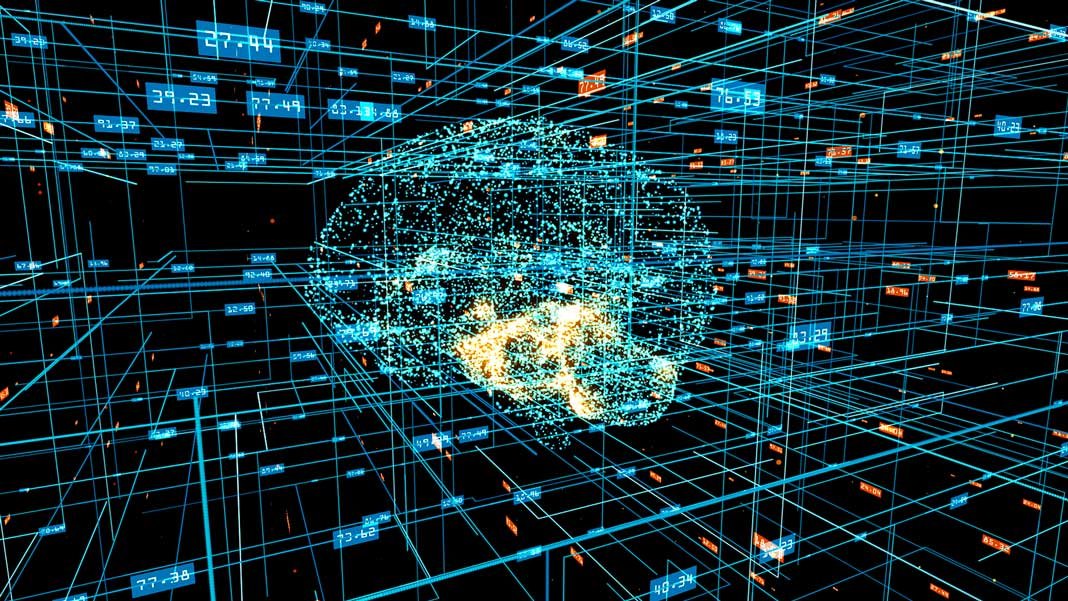
Have you ever considered how much information you actually maintain after putting a book down? This article is hopefully going to show you how to remember everything that you read from now on.
How I Remember Most of What I Read, and Why I Didn’t Before
I started studying personal development work early on in 2012, after having what could be seen as a rite of passage at the age of 21. My footballing days were coming to an end, with continuous niggling injuries and a mind that had expanded to a more complex life view, with more potentiality and awareness.
As is often the case, you go searching for resources to assist in your seeking of higher knowledge, fulfilment and overall personal development. I ended up reading (and listening) to around 25 books in 9 months, whilst listening to countless podcasts, YouTube videos and articles etc.
One thing I didn’t do was take any notes on any of them and utilise these notes in an organised system. I never thought I needed to. I had never been to University, college or any participated in anything we know as academia since I left secondary school at 16. This means I hadn’t really needed to study for anything, and therefore retaining information was a new skill I had to acquire.
“Your mind is for having ideas, not holding them” – David Allen
After studying productivity and application; I can say with certainty that I missed out on nearly 10 years of building a note-taking archive. This is sometimes called a ‘Second Brain’ (bottom of the article) and for a good reason. It’s been part of my path, so I don’t regret it, although I hope by writing this it will ensure others make the most of their reading and learning.
Imagine if you had a digital database where every note that you made on some of the most brilliant books are at your disposal on the typing of a keyword. More on that later.
On Average, What Do People Actually Remember?
The Forgetting Curve
In 1885 Hermen Ebbinghaus began studying his memory to determine how long he would retain information.
He discovered that after 3-4 days, without any further information input, that he had forgotten 90% of any information that he received. The good news is that 2-3% of the information obtained will be with you for the rest of your life.
Neuroscientists now say that for us to maintain the quality of memory when information is first received; it is necessary to ‘keep watering the flower’. Essentially, if we don’t keep reverting to the information periodically, then the information retention diminishes.
Neuroscientists now believe that should we put focussed attention on specific information that we wish to maintain at least 7 times for maximum retention, which is estimated to be around 90%.


The funky graph above showing how repetitive and structured reviewing of information leads to memory enhancement.
Why Do We Forget Stuff?
Forgetting stuff is a very natural process. Suppose our brains were to remember absolutely everything at the forefront of our conscious mind. Could you imagine the internal chaos?
Our brain actively puts energy into the undoing and overriding of neurological connections which ultimately means we forget things.
Becoming aware of this process allows us to ‘hack the system’ and hijack the standard unconscious procedure.
Why Do We Remember Stuff?
We also remember when things are relatable to our existing knowledge base. If you have studied medicine at University, for example, then new information around the latest medical breakthrough will be easier to understand than if you haven’t. In the context of reading, studying books on similar topics will create neural pathways for you to remember.
If you read one book on conscious development and then the next book on how to make a great lasagne, you are making it hard to remember both (unless you use the system I am about to share with you).
If we get can get the notes outside of ourselves (mind), and onto an external ‘database’, it frees our mind to receive and create. This external database can be notepad or digital. By writing, much like this article, I learn, understand and integrate by externalising the knowledge.
Now we know these things: how can we learn to remember and understand the information?
The Zettelkasten
My method of learning is a brainchild of Zettelkasten, so it is worthwhile noting and studying the original system. The word Zettlelkasten means “box of cards” in German.
Niklas Luhmann, a German sociologist, developed this method. In 30 years, Luhmann had 58 books published and wrote hundreds of articles.
He managed to write so much on a broad range of topics due to this knowledge management system.
Zettelkasten allowed him to:-
- Retrieve the necessary information when it was needed.
- Build a broad web of interconnected knowledge. Imagine neuro-links in the brain.
- Find meaningful connections between a range of topics.
- Develop his creativity.
We won’t get through the full details of The Zettelkasten system here, but I would recommend watching the video below.
And I suggest reading this article too – https://fortelabs.co/blog/how-to-take-smart-notes/
Upon his death, Luhmann’s slip-box contained 90,000 notes. This may seem like a staggering number until you realise that it amounts to only six notes per day. The guy ended up one of the most prominent sociologists of the 20th century.
How I Remember Everything I Read – My Own 5 Step System
1) Highlighter/Post-it Notes
In the method, I use at least, the first stage of being able to remember what I read is to highlight the text.
You might say ‘that’s nothing special’; and I’d agree with you. But how many do it? How many people are too lazy or feel it unnecessary?
It’s important to note here, that you should not be reading to highlight, which is an easy trap to fall into. Your full attention should be on the text. Your mind will know when you need to highlight something, trust that process.

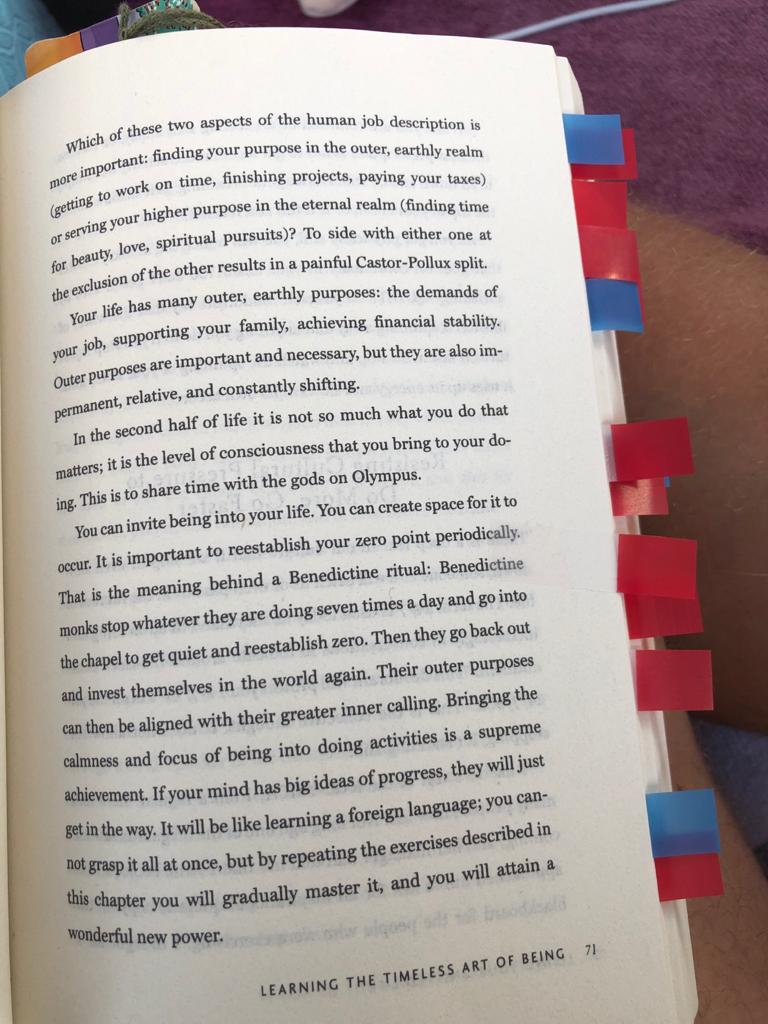
As you can see from the image above; I use small post-it notes. The reason for this is because I don’t like a mess. I want my mind to be kept as clear as possible for creativity purposes, so I make sure that all excessive complexity and chaos while reading is minimal.
Highlighting in of itself does very little, but it is the first stage over and above merely reading the text. At the very least, if you turn back to the book in the future, you’ll be able to revisit your past highlights. The whole purpose of highlighting something is to bring your attention to it in the future.
I also use different colours for the different reasons of highlighting.
For example:-
Red – Review and Summarize
Blue – Quote
Green – Reference
Yellow – Article Idea
2) Summarising
At the end of each chapter, I then write a short 3-5 sentence summary. This doesn’t have to be long-winded or in-depth.
As an example:-
The ego is a complex form of ideas, beliefs and models that we have created for ourselves since birth. The decision we make is mainly through these patterned behaviour structures. We often project what suppress in ourselves out into the world, and that causes frustration. Middle age is usually the time when people realise that the life they are leading is lacking creativity and potentiality; hence we see ‘mid-life crisis’.
As you can see here; there is nothing that cannot be done in 2 minutes. Time isn’t an issue.
I know some people who prefer to do summaries of whole books rather than a chapter. I like summarising every chapter because I am quite a slow reader, and my mind tries to grasp onto absolutely everything the writer is trying to convey. Find what works for you; there is no right or wrong.
3) Note Taking/Quotes
Notes
The fundamental thing with taking notes on your highlighted sections is that they must be on your own words to gain further clarity and understanding. Re-writing what you have highlighted is lazy and a waste of time.
I have my ritual, where I will read the highlighted passage and then allow my mind to become still for 5-10 seconds to understand the text. This makes space for creativity; then I’ll simply begin writing what comes up. I am not necessarily suggesting you do this, because it takes a lot of meditation practice to be able to still the mind at all. But if you can create the ritual that works for you, then run with that; it will mould itself as you develop.
I will then link the note(s) to a keyword (as many as you wish) so that notes begin relating to one another.
For example, if I were to read a book about Carl Jung, I would perhaps create/use the keyword ‘Jung’. In the future, any further notes from any source with the keyword ‘Jung’ get linked together. In 20 years, I may have 1000 notes related to ‘Jung’. It is indescribably powerful as it compounds over time.
Quotes
You can take an endless stream of quotes and so I have my distinctions to determine what quotes I keep.
I will keep the quote if:-
- It relates to an article I am thinking of writing/video/podcast, and I can see where it will be of benefit.
- If it stops me in my tracks and makes me re-read to comprehend.
- If it takes me several layers into my psyche.
- It is written by Human who has entered my awareness recently who inspires me.
If you don’t set boundaries with quotes, you can end up with millions of them, which isn’t necessarily a bad thing. However, a lot say the same thing with different words.
As with the notes, you can keyword the quotes so that you are building a compounding network of wisdom.
4) Input Into Digital Database – Roam Research
An incredible tool that came into my awareness recently is Roam Research. I read an article by Nat Eliason and thought i’d give it a go with the free trial they offer.
All I can say is that it has completely blown me away. My entire system (and business in general) is now run on Roam Research which is enabling me to build my second brain. More on that in the next section.
Roam Research is essentially a note-taking tool with a difference. That doesn’t sound too intriguing, but it completely transformed essential areas of my life within a week of using it.
I have begun storing my notes and summaries on Roam. Once I have read, highlighted and summarised the chapter, I will then turn on Roam (or any other note-taking platform – including pen and paper) to start taking notes on the chapter I have just read.
Roam is a “note-taking application for networked thought” specifically designed to help you connect your thoughts and group them. Related bits of information can be linked together using hashtags and brackets. Typing a single keyword can throw out thousands of your notes around that specific keyword—a little like a digital version of a brain.
Below is an example of my note-taking:-
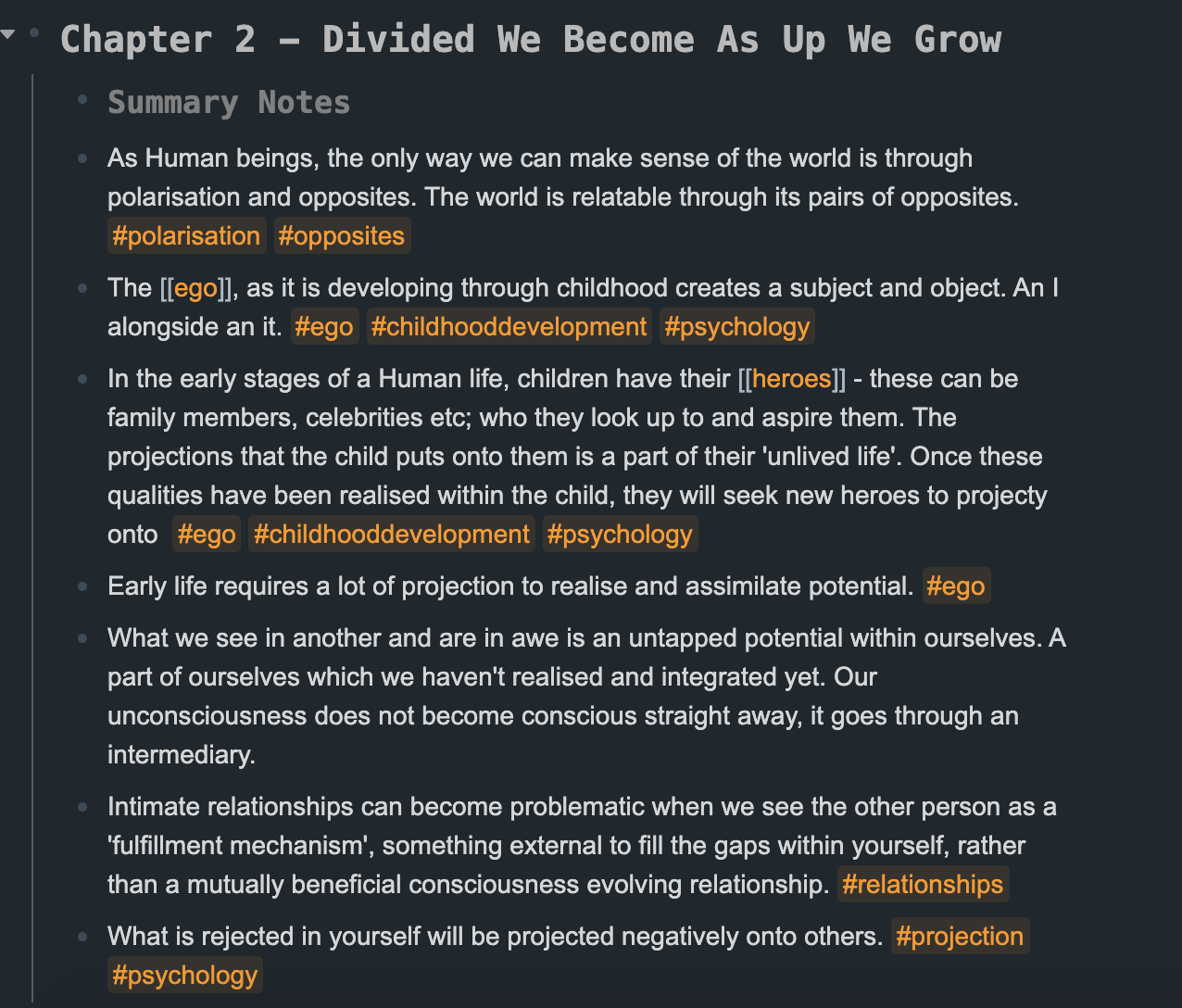
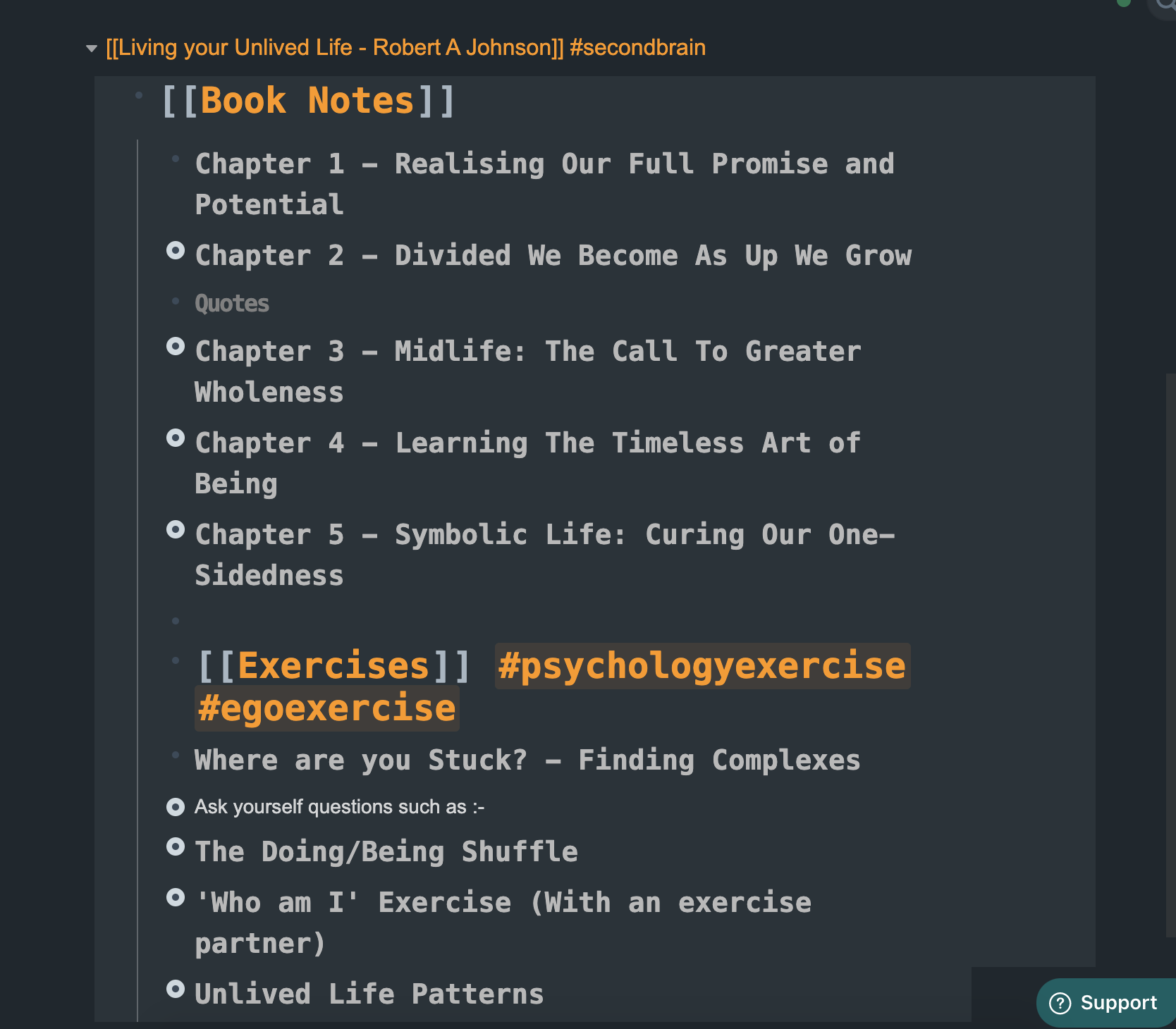
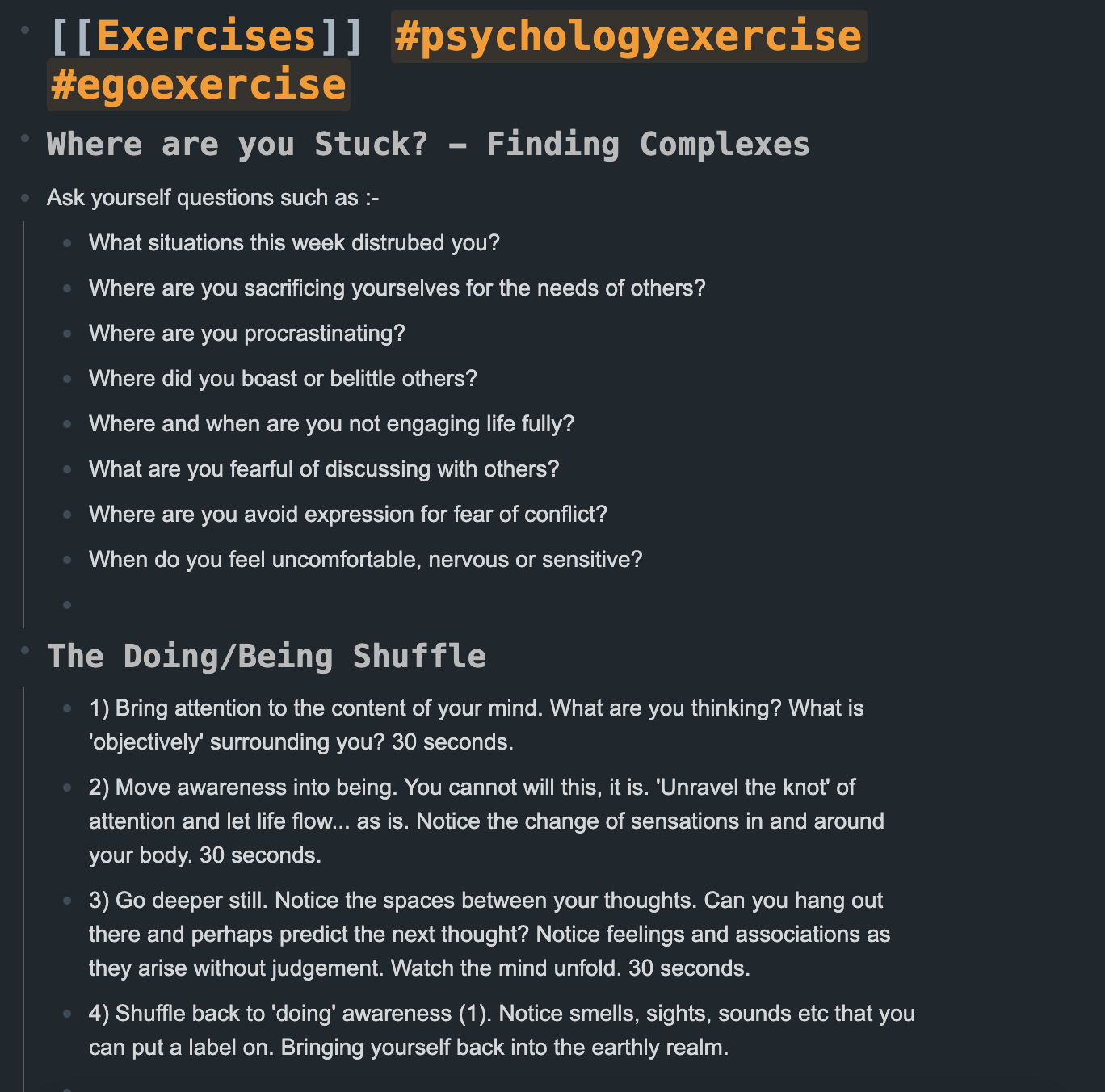

I tend to find Roam is very symbolic and contextual too (mind), rather than linear (matter).
5) Reviewing System
This bit is pivotal for information retention, whether you are studying for University or just making notes on an article. Once again, as with everything else in the article, find what works for you and your personality.
Here is my very simple method of reviewing the notes you have taken for top retention:-
- Read your notes 3 times in first week
- 2 times in second week
- 2 times in third week
- 1 time in fourth week
That is a total of 8 reviews in the first 30 days after completing the book/article/podcast (whatever). After that point, with the links you are making with other notes, you will come across these same notes sporadically anyway. If you want to focus specifically on this subject, then continue to review as often as is needed.
Neuroscience says 7 times or above to hit 90% retention levels, so I go for 8 to make sure. I purposely don’t store a lot of ‘normal’ information in my brain because it blocks my creativity, so I hold the majority in this system.
Make sure the stuff you’re learning is worthy of your attention, which is sacred. I genuinely don’t remember most things that happen, like a gym session this morning, for example, unless I actively choose to.
It’s like a mind-hacking process. Lots of people may be able to obtain and retain deep information and still function creatively with all the other ‘stuff’. I’m not one of those guys, so I have to create a process that works.
Get to know yourself and find out for yourself.
Basic Overview – How To Remember Everything That You Read
- Highlight
- Chapter Summary
- Take Notes/Quotes
- Storing Notes strategically (Roam) for broad and complex knowledge base.
- Read notes 8 times in first 30 days and sporadically thereafter
Putting in the Effort
“The very desire to find shortcuts makes you eminently unsuited for any kind of mastery” – Robert Greene
Why do you want to remember what is written in books? My reason is that I value knowledge and wisdom so highly. If I didn’t have this system in place, like I didn’t for years, I am wasting so much of the writer’s words and consequently wasting time.
Patience is a lost art form. In a world of instant gratification, be the person who creates strategically and patiently. Getting lost in the instant gratification world won’t allow you to keep up with your note-taking ritual because there may not be a pay-off for years.
Building a Second Brain
‘Second Brain’ is a term created by TIAGO FORTE, who I only stumbled across recently.
Imagine if you had a database and complete access to every single note you had made over the space of 50 years. And all of these notes were interlinked, with the connections created via keywords. So, if in your mind your thought of the word ‘coffee’ and then every single memory (note) on this topic gets shown to you on this database. That is a ‘second brain’.
You can start building your own ‘second brain’ today. Even if you only took one note per day for the next 10 years, that would equate to 3,650 pieces of information that can be interlinked and referred to which you’d otherwise not know.
Can you see the power of this and what it can do for your life?
Thanks for this. I’ve been studying many subjects for about 30 years and find myself now, in my mid-40s, hardly remembering anything or worse, having a vague and ill-defined structure to my knowledge and philosophy. Getting on top of it all is something I’ve been feeling for a few years now and I have to admit to probably being in the lazy camp with regards note-taking; so I found this article very interesting and will be implementing some of it into my own research.
Cheers
Al
ps. Good to know it’s not just MY memory that is poor, it’s a natural process.
Author
Take a look at ‘How to make smart notes’ by Sönke Ahrens